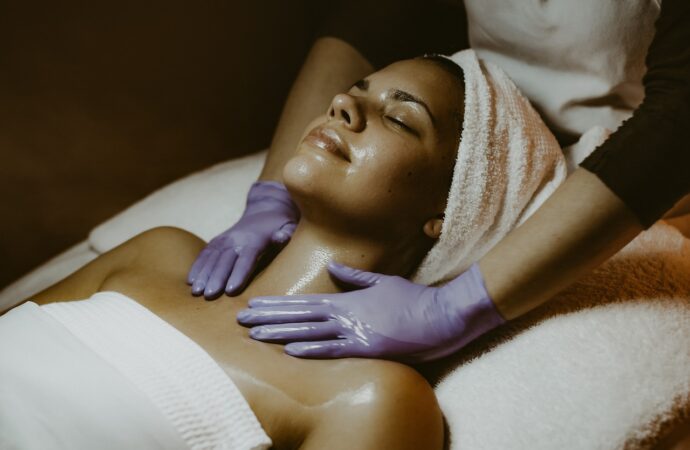Milia usually resolve on their own within weeks or months. If this doesn’t happen, speak with a health care provider about them for advice and treatment options. Milia are superficial benign keratinous cysts which often affect newborn babies and typically heal themselves with time. Causes Milia occur when the natural process of exfoliating dead skin
Milia usually resolve on their own within weeks or months. If this doesn’t happen, speak with a health care provider about them for advice and treatment options.
Milia are superficial benign keratinous cysts which often affect newborn babies and typically heal themselves with time.
Causes
Milia occur when the natural process of exfoliating dead skin cells from our bodies is disrupted, instead clogging our pores with dead cells that become trapped beneath new tissue and remain there clog up our pores, leading to small pearly white cysts appearing on our faces.
Milialar are non-contagious and painless; however, many can be self-conscious if the condition appears on their faces. Any attempts at picking or squeezing of the cysts could cause irritation and scarring so it is wise to avoid doing this.
Milia are a common skin condition among newborn babies and should clear up within months without intervention from adults. Milia may appear due to trauma from severe sunburn or infection; long term use of corticosteroids or certain medications; or simply from prolonged skin contact. Milia formation can be reduced through using gentle exfoliating products and taking regular skin checks with your dermatologist.
Symptoms
Milia are painless pearly white or yellow cysts or bumps that appear as pearly white or yellowish cysts or bumps on eyelids, cheeks, chin and nose and may also appear on trunk or genitalia. Although often misdiagnosed as baby acne by inexperienced paediatricians, an experienced pediatrician should be able to distinguish Milia from this condition because they do not cause itching or inflammation.
Milia tend to go away on their own but may last up to several weeks or months in infants and longer in older children and adults. If they persist, healthcare providers can examine them under a microscope in order to confirm a diagnosis.
Milia can be divided into primary and secondary categories. Primary milia can affect babies, children and adults and result from poor skin-shedding processes; it often appears after trauma such as blisters, burns or dermabrasion and can also be the result of medications like retinoids or corticosteroids that disrupt that process. Chronic sun damage or the build-up of sweat in pores are other possible triggers of primary milia.
Diagnosis
Milia are not contagious and don’t pose any lasting health concerns, typically clearing away without issue in newborns but may take longer in older children and adults. Trapped dead skin cells form cysts beneath your skin’s surface resembling whiteheads or acne spots but much smaller; these cysts don’t itch or hurt.
Primary milia, also known as baby-millia, typically appears spontaneously in newborns and infants. It may also form after sun damage, burns, blisters or medication use has caused skin trauma – possibly including creams and medications prescribed to those affected.
Milia en plaque is a rare form of milia that appears as an inflammatory, raised patch in the skin called a plaque. It may be linked to autoimmune conditions like pseudoxanthoma elasticum, discoid lupus or lichen planus; its lesions often cover several centimeters.
Treatment
Milia rarely cause long-term issues and usually resolve themselves on their own. If you prefer having them removed professionally, a dermatologist can perform a simple extraction procedure for them. Do not try popping milia yourself as this could result in infection and scarring.
Medical treatments available include oral minocycline and topical retinoids like over-the-counter adapalene gel or prescription tretinoin cream, among others. A doctor can also remove milia using curattage (destroying curettage), whereby they numb the area before puncturing and then draining out their contents through puncturing holes punctured into cysts by dermatologists. Other methods used to eliminate milia include chemical peels, CO2 laser ablation, dermabrasion or mild electrodessication treatments.
Prevent milia from developing by using gentle cleansers and gently massaging the skin, as well as applying sunscreen with an SPF 30 or higher. Scrubbing bumps is not recommended as this increases their likelihood of ruptured blood vessels below the skin surface. Instead, encourage patients to switch over to non-comedogenic or oil-free cosmetics and regularly exfoliate.



















Leave a Comment
Your email address will not be published. Required fields are marked with *